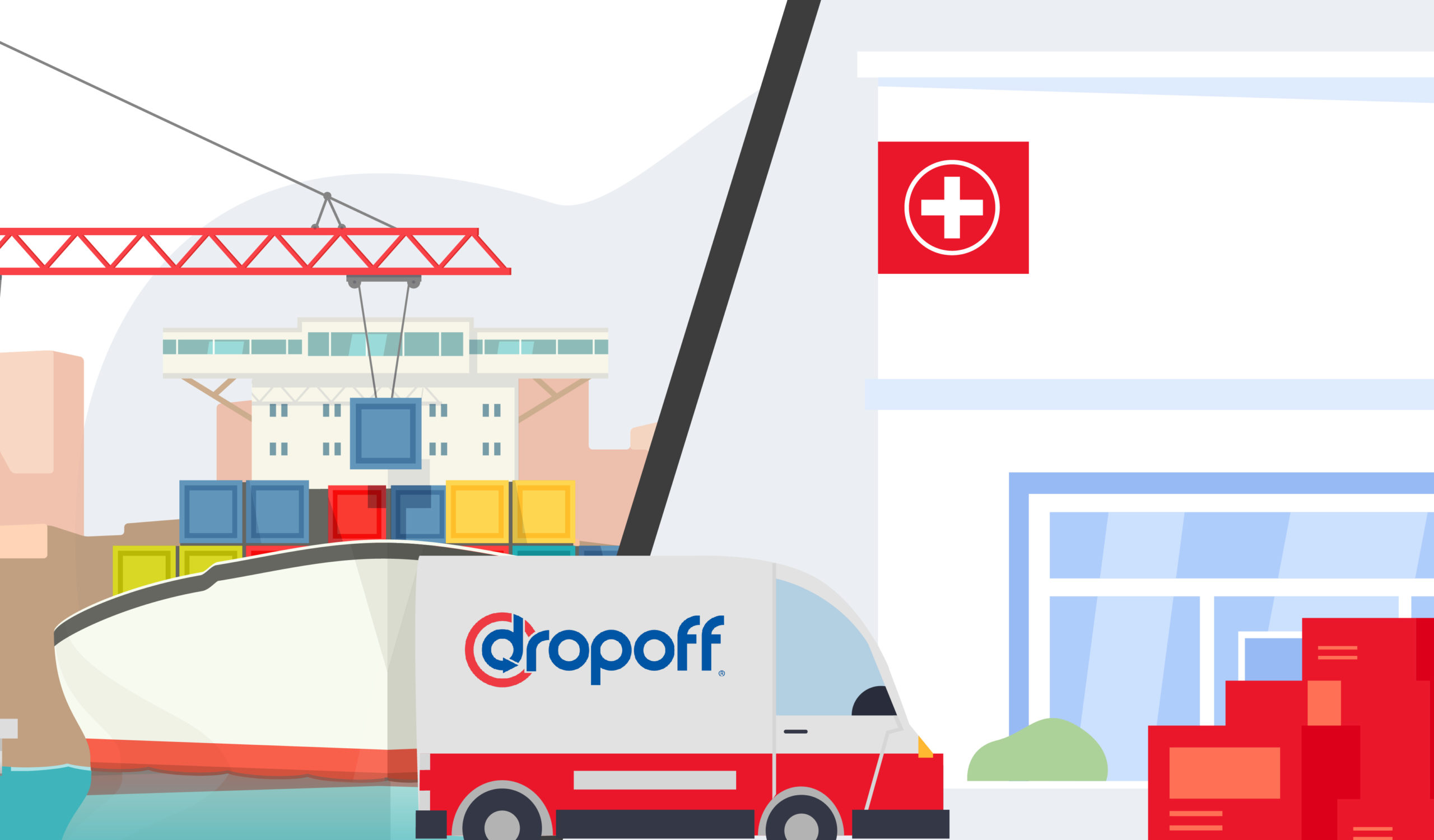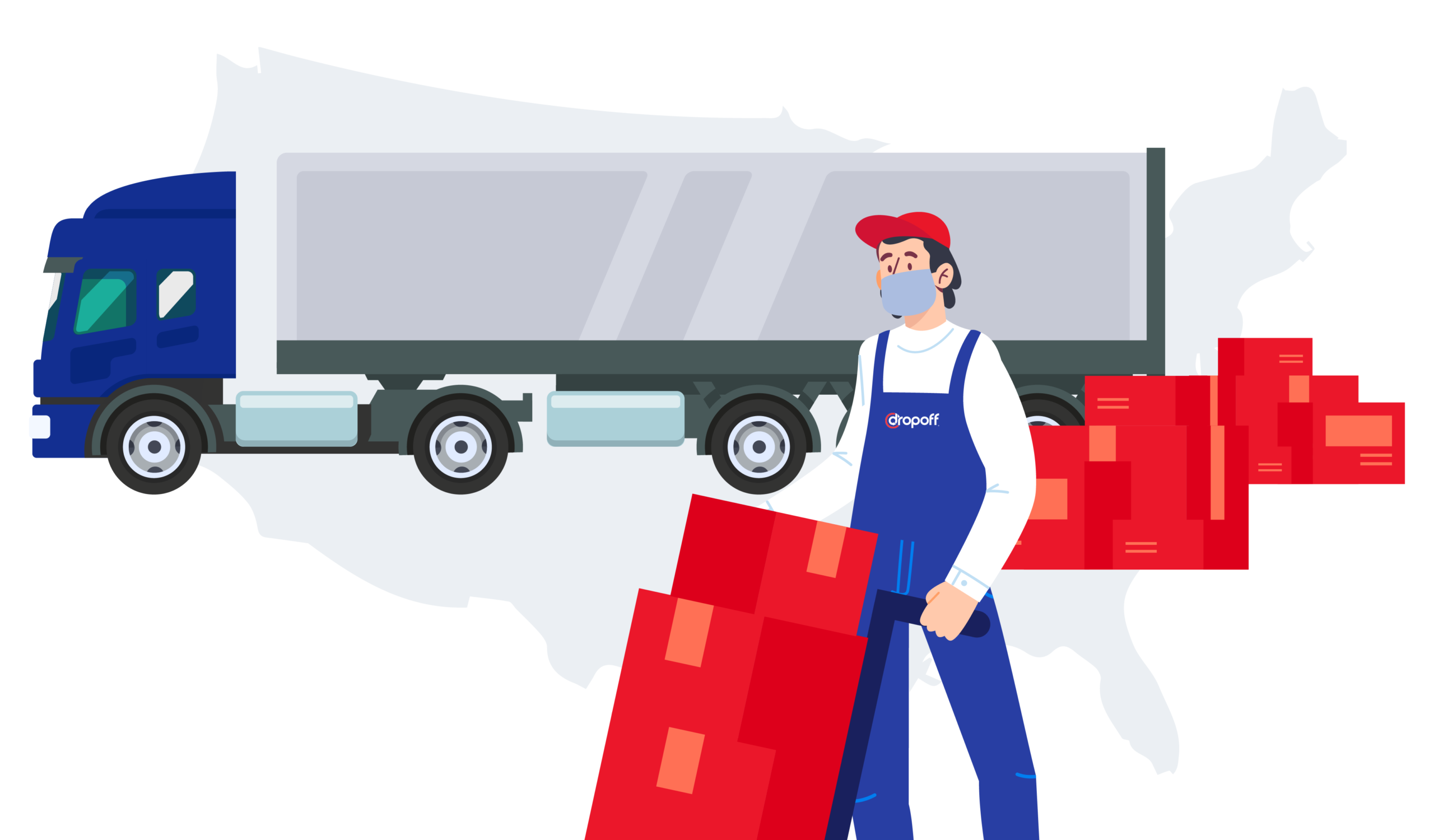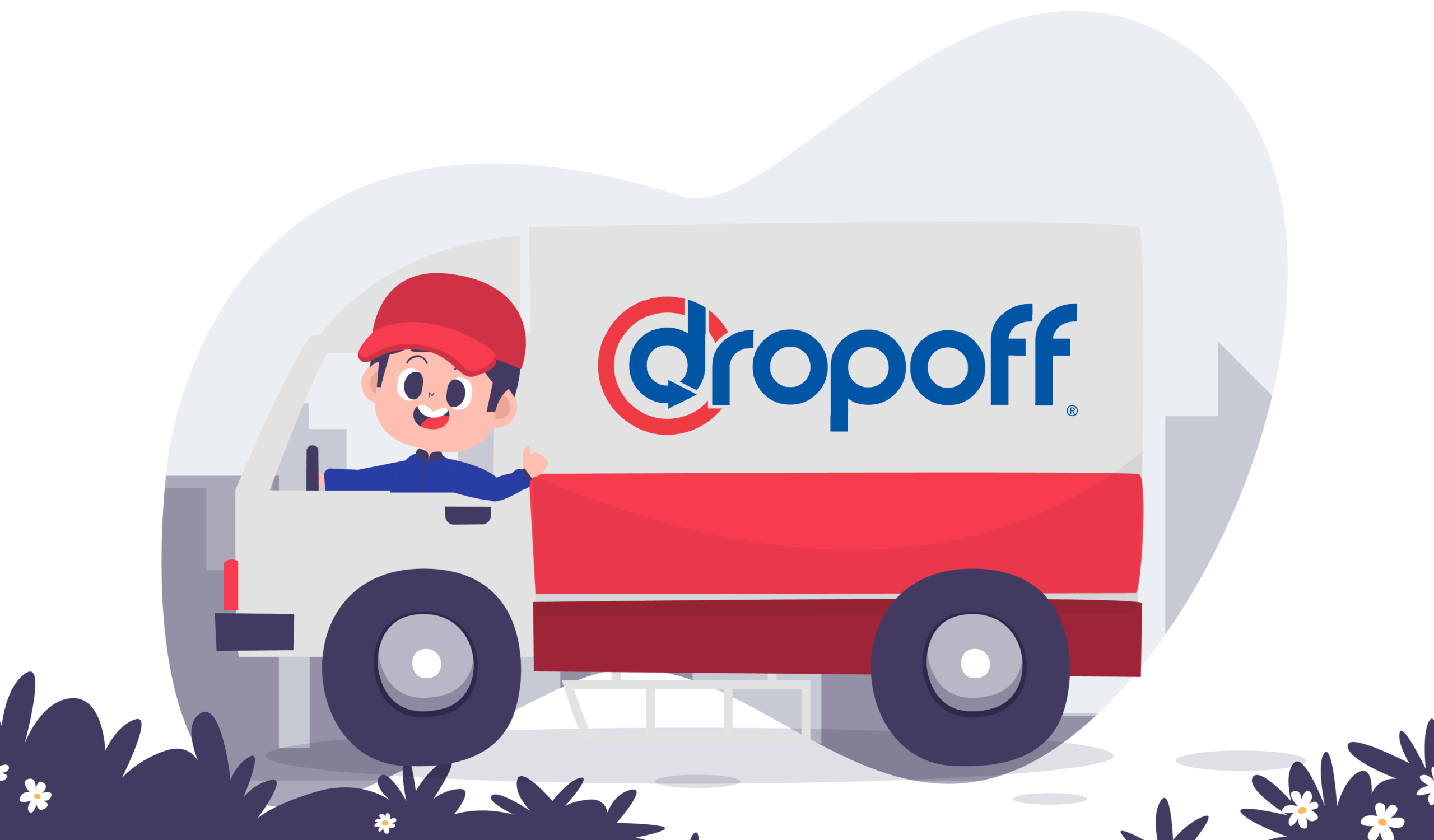How Does 3PL Integration Work?
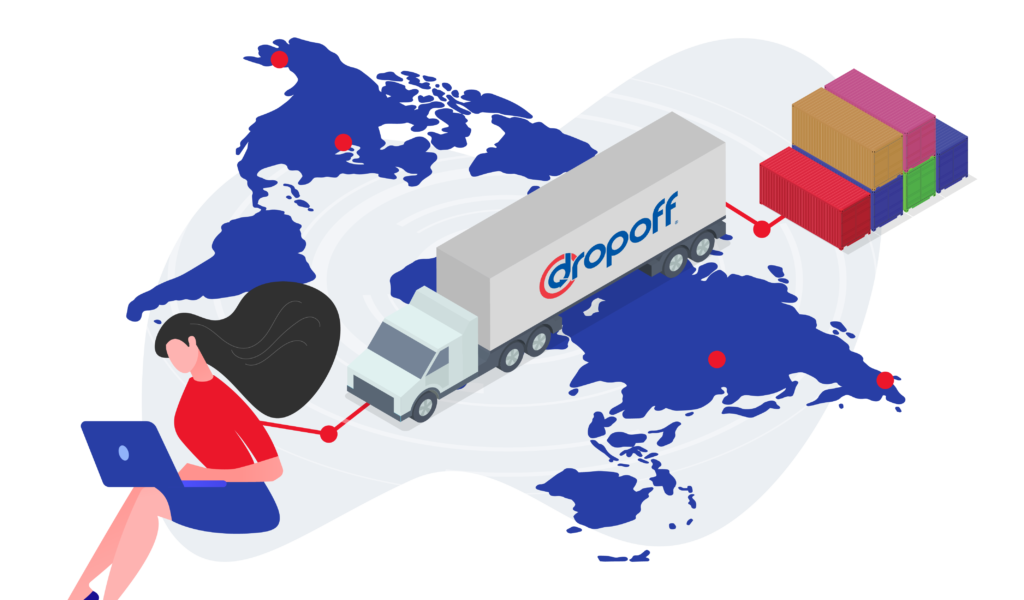
Integrating your business with a third-party logistics provider will allow you to send orders and shipping information between both systems.
This blog post will take a closer look at how 3PL integrated services work.
What Are Third-Party Logistics (3PLs)?
3PLs are a great way for eCommerce business owners to streamline their operations and get the most out of each day. They help by providing tools such as inventory management and warehousing – all designed to make your life easier.
What Is 3PL Integration?
Third-party logistics integration solutions are a great way to automate your eCommerce fulfillment services. They give you real-time visibility on inventory across warehouses so that you can fulfill orders quickly.
Retail order fulfillment services include:
- Material Outsourcing
- Transportation
- Payment
- Warehousing
- Delivery Tracking
- Inventory Customization
- Inventory Management
- Customs
- Shipping & Receiving
- Picking & Packing
- Returns
Critical Benefits of 3PL Integration
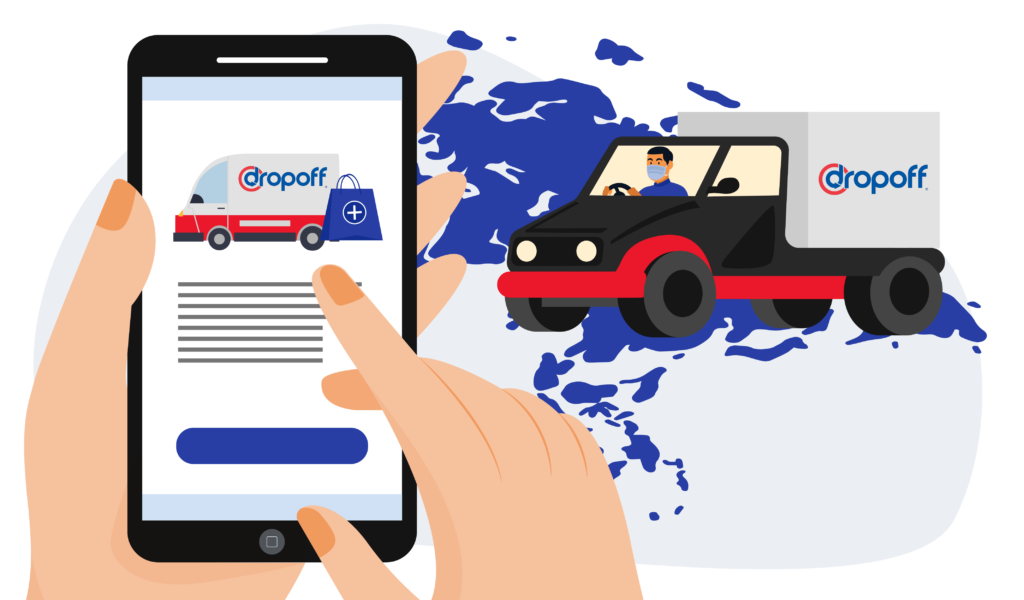
When a company integrates its supply chain with a 3PL like Dropoff, its products are delivered much faster.
Benefits of 3PL integration:
- Real-time visibility
- Improved customer satisfaction
- Lower operational costs
1. Real-Time Visibility
3PLs provide a clear view of the company’s stock levels across multiple warehouses. You’ll be able to track returns, so no unnecessary items take up valuable space or cost you more money on storage fees!
Check out how 3PLs help businesses coordinate fulfillment across multiple channels.
2. Improved Customer Satisfaction
With a 3PL, your company will fill orders faster with less chance of error. You will also see more customer satisfaction as you give them accurate order information.
3. Lower Operational Costs
3PL integrations save time and money on operations that would take up much of your budget.
Challenges of 3PL integration
One challenge in 3PL integration is that there is very little standardization between 3PLs and their customers. Usually, one company sets the standards, and the others follow.
The overall process is bound to experience errors.
3PLs that use the brand manufacturer’s warehousing software in their warehouse have the edge over those that don’t. The integration process will be tricky, but using one system for picking and packing gives you more time to focus on delivery.
If a 3PL is doing this for ten different companies, they won’t be able to learn each company’s system.
The Different Types of 3PL Integration Options
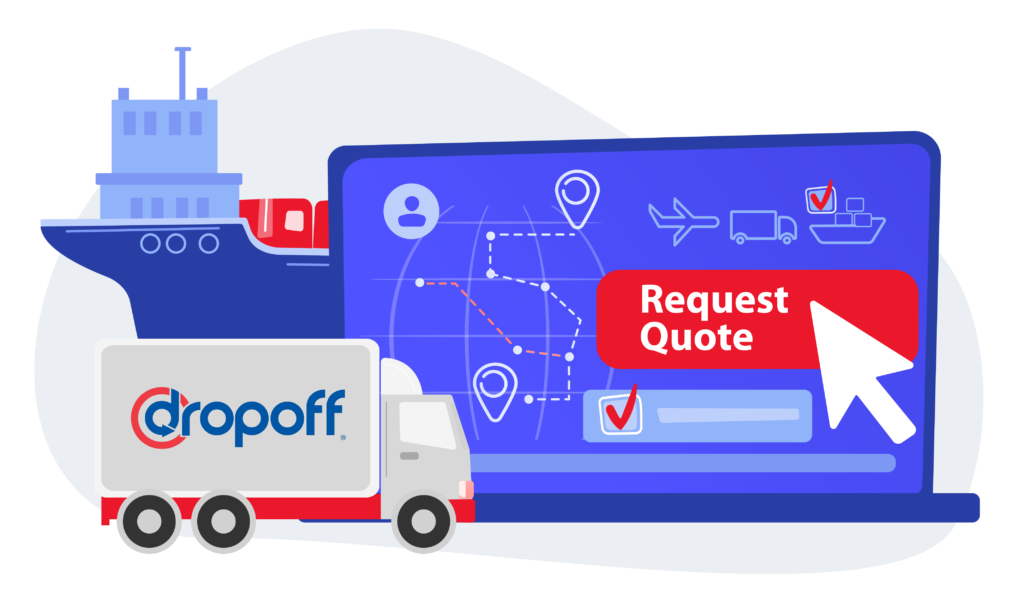
Here are four different types of 3PL integration:
- Direct integration with 3PL
- E-commerce integration with 3PL
- ERP integration with 3PL
- EDI vs. API integration with 3PL
1. Direct Integration with 3PL
Direct integration with a 3PL allows you to keep working with your current carriers while also working with new vendors.
2. E-Commerce Integration with 3PL
For retailers, using 3PL Shopify integration can automate tasks currently being done manually. Automation is one of the many current logistics innovations and industry trends.
Here are five vital e-commerce integrations for 3PL providers:
1. Shopping Cart
3PLs that want to stay on top of the game need a well-connected warehouse management system. Doing so will help them accept orders from customers quickly and automatically, saving more time.
2. Order Management
Integration with e-Commerce platforms is a must for any order management system. The company can provide for all customer needs by collecting data from various sources. The integration is a big help for companies who want to add, retrieve or sync information from their online stores.
3. Inventory Management
E-Commerce inventory management means staying on top of your company’s product stock. The benefits are clear: saving time by not having to do tedious tasks alone and ensuring everything stays efficient.
Find out how 3PLs handle fleet management.
4. Shipping and Delivery Methods
Integrating shipping into e-Commerce is a great way to keep customers happy. Shipping APIs will automate processes and provide an easy checkout experience.
5. Parcel Delivery Tracking
Integrating allows you to keep track of all orders, including features like shipment tracking. It improves the customer experience by giving them an expected delivery time.
3. ERP Integration with 3PL
The beauty of ERP software is that it helps companies keep track of all essential business processes. The benefits of using ERP systems are endless. They help you better manage your business, but connecting it with other companies’ infrastructure will provide an even more significant return on investment!
An ERP system lets users see when inventory arrives, and orders are picked and processed.
4. EDI vs. API Integration with 3PL
3PL EDI Integration
In 1977, a group of companies developed an electronic way for businesses to exchange data. It started with transportation providers and government agencies but soon grew into something much bigger. Today, almost all businesses, large and small, use EDI.
How exactly does EDI work?
When an online store receives an order, the ERP system will create a Sales Order. Then the EDI 940 (Warehouse Shipping Order) will be sent to the 3PL partner’s system. The 3PL will complete the pick, pack, and ship operation. Then a warehouse shipping confirmation (EDI 945) is sent out.
Learn the difference between shipping and delivery.
Benefits of EDI integration with 3PL:
- Online requests and responses are transmitted in real-time, so your customers can complete their transactions much more quickly.
- This communication method does not require manual data entry on both ends.
Drawbacks of EDI integration with 3PL:
- You need to maintain a connection to your EDI Data Warehousing provider.
- Developing custom EDI solutions or using an off-the-shelf ERP plug-in isn’t cheap.
3PL API Integration
API is a way for two systems to communicate with each other. The cloud acts as a medium and makes the communication happen instantly, even if one party isn’t online at that time.
Benefits of API integration with 3PL:
- Both platforms are connected through API integration, letting them communicate with one another right away.
- Integration with third-party software doesn’t need any additional certification.
Drawbacks of API integration with 3PL:
- APIs are not standardized and vary from system to system.
- If you’re working with two 3PL providers, you must duplicate your API integration twice.
Why You Should Integrate with a Single 3PL Instead of Multiple 3PLs
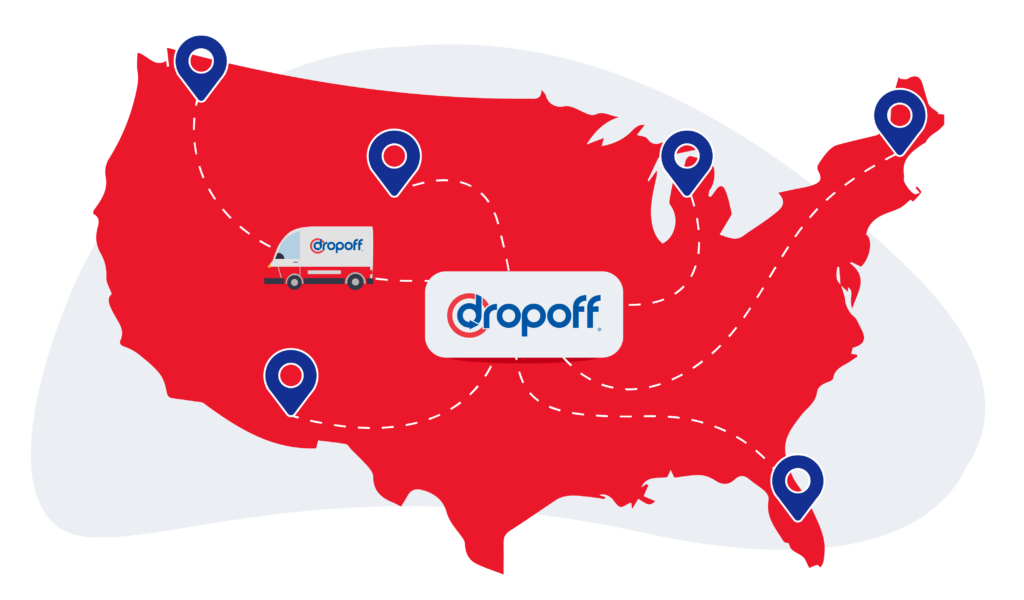
It may be tempting to work with multiple 3PLs to get the best deal out of everything, but there are several benefits of using just one 3PL.
In addition, here’s what to look for when choosing a 3PL.
Benefits of working with a single 3PL:
- Integrated 3PL partnership
- Higher level of data management integrity
- Freight consolidation opportunities
- Greater flexibility
- Less risk of damage and loss
1. Integrated 3PL Partnership
You are in a supplier-vendor relationship if you have separate agreements with 3PL companies. If you choose a single 3PL, you are in an ongoing partnership.
The best way to figure out which one is for you? See what they offer and decide whether you need those features.
Here’s why 3PLs do last-mile delivery best.
2. Higher Level of Data Management Integrity
Nowadays, all good 3PLs are in the business of data management. Most of that data will be delivered in a simple format compatible with your system.
3. Freight Consolidation Opportunities
Most shippers look for partners that help them save money. One way to do this is by using a freight consolidation program.
Things to do with a freight consolidation program:
- Improve customers experience
- Increase supply chain consistency
- Take advantage of relationship synergies
- Save more on costs
- Ship smarter and more efficiently
4. Greater Flexibility
3PLs will always accommodate a company’s growth. They have the resources to improve your supply chain. A single 3PL gives you more space, labor, and transportation when needed – handy during seasonal periods. They adapt to changes very well.
5. Less Risk of Damage and Loss
A single 3PL is more likely to offer low-cost, quality service and safety. So make sure you find a 3PL that understands your strategy and supply chain requirements.
Best Practices for 3PL Integration
These are the best practices for 3PL central integration:
- Use a WMS to help you with inventory organization, giving you access to virtual tracking and visibility of your inventory in real-time.
- Use security rules to control who has access to 3PL operations.
When to Consider a 4PL

“4PLs are typically a non-asset-based technology firm providing macro-level visibility into your supply chain, which often includes managing or integrating with a 3PL. If you find it hard managing multiple 3PLs and need greater coordination through data, then a 4PL would be your best option.”
Jason Burns, Director Corporate Development at Dropoff
Bottom Line
If you’re looking for a complete logistics solution, it’s time to consider 3PL integration. The process is difficult, but our team is here to help make the transition as smooth as possible.
Talk with a Dropoff expert today, and let us show you how to take your business to the next level.
FAQs on 3PL Integration
1. What is 3PL integration?
Third-party logistics integration solutions are a great way to automate your eCommerce fulfillment services. They give you real-time visibility on inventory across warehouses so that products can be delivered in no time.
2. What is a 3PL and how does it work?
A 3PL provider is a company that provides outsourced logistics services. In general, 3PL refers to any service contract that involves handling or shipping items.
3. Why do companies use 3PLs?
In today’s world, most companies outsource at least some of their business. 3PL providers help save time and money in the short term and take away the hassle from other things you’d rather not do, like paperwork or billing.
4. What is 3PL fulfillment?
Third-party logistics fulfillment is when you outsource fulfilling retail orders to experts. It includes receiving orders, picking and packing, inventory management, shipping, and warehousing.



